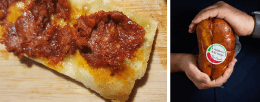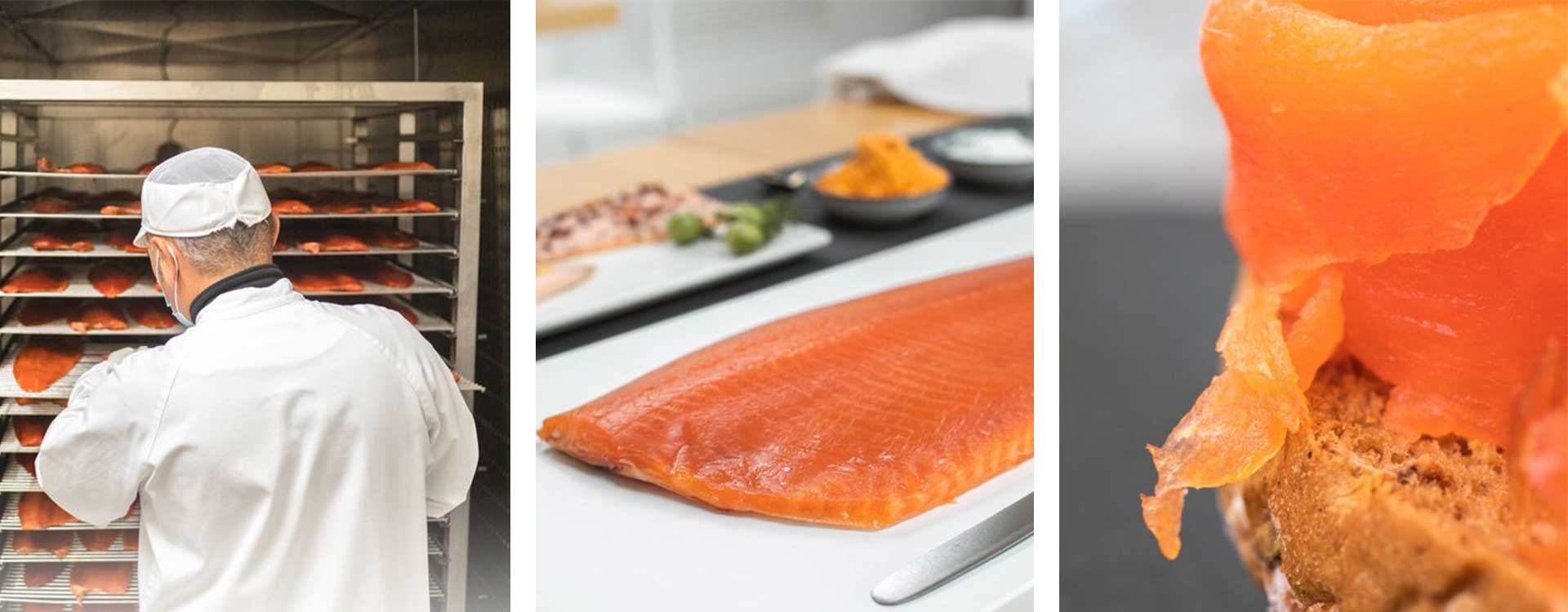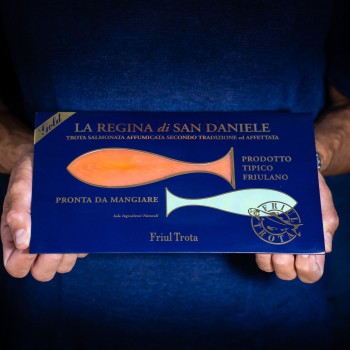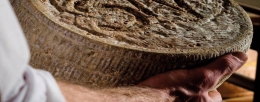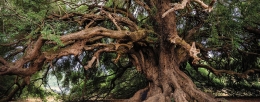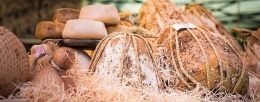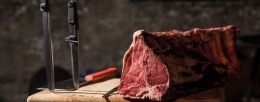Ferragosto is approaching, whip out the picnic baskets! What are we taking? All quick preparations to make and practical to carry and eat - dishes and cutlery are hardly needed! The secret? The best Italian cured meats.
The thousand secrets of the art of smoking
Today we talk about smoking, a technique born from the need to preserve food but transformed in real art over the millennia. Friultrota, a Friulian company that smoked rainbow trout from the Tagliamento river for over 40 years, knows it well.
In addition to the wonderful rainbow trout, there are many smoked foods on the market today. I bet you all know that intense and persistent taste typical of speck, just to name one.
But the smoky taste is much more than that. Each wood releases its aromas and each food processes them in a different way. Are you ready to discover a new frontier of taste?
An ancient conservation method
Smoking was born as a necessity. It is certainly not the first time that the need to store supplies during moments of recession turns into a great asset.
We’ve already seen it when we talked about cured meats and sausages: meat, which is easily perishable, had to be processed through seasoning into a long-lasting product. With smoking, the idea is the same.
Smoking is a conservation method as old as humanity itself. Apparently, it was the cavemen, about 90,000years ago, who noticed that the meat hanging over a fire would last longer and taste better.
In fact, the smoke produced by the burning of wood counteracts the growth of microorganisms, while the heat reduces the surface bacterial charge. And what about the taste? The scent of wood penetrates the food, enriching it with anabsolutely unparalleled depth and complexity of flavours.
Smoking techniques: hot or cold
There are two traditional smoking techniques, plus the innovative method with liquid smoke. Hot smoking is referred to when the temperature exceeds 50°C and the food is exposed to smoke for a minimum of 2 hours.
Not only does it flavour the food, but it cooks it. It is the oldest and fastest technique, but also the most "violent": the high temperatures change both the taste and the original texture.
An example? Smoked bacon, which turns from fat-rich meat into delicious crispy slices to add to sandwiches and pasta sauces.
Cold smoking is much slower because, by never reaching high temperatures, it takes longer to reach the core of the food. It never exceeds 30° - between 30 and 50 we speak of a hybrid semi-cold smoking – and it’s definitely more delicate than the hot one.
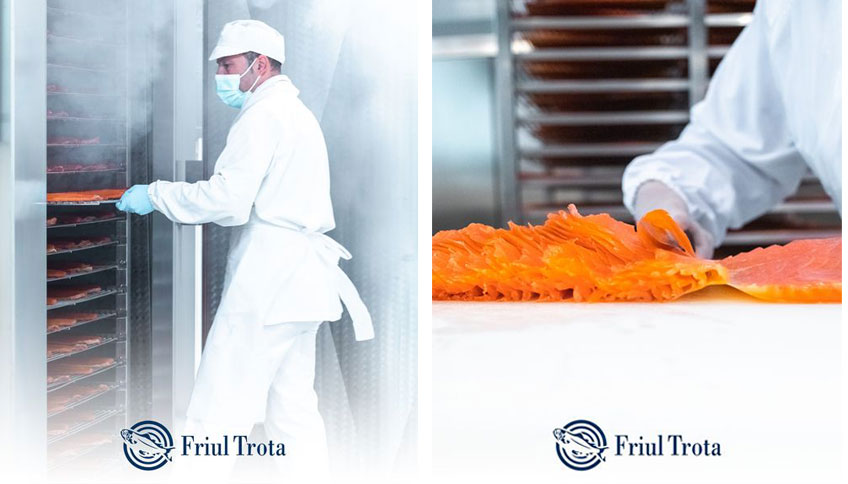
A master of the art of cold smoking is Giuseppe Pighin, founder of Friultrota. On the banks of the Tagliamento river, rainbow trouts are processed according to tradition.
The salting, strictly by hand, is with dry salt and the duration depends on the size of the fish. Smoking - at a temperature below 27 ºC and enriched by the scents of berries and aromatic herbs - takes time as well and there are no rules to follow, the experienced craftsman’s sensitivity is the only thing that matters.
The deboning, always by hand, and the finishing step are the final stages of an entirely artisanal process that is handed down from generation to generation.
Liquid Smoke
For smoking purists like us, this doesn’t even count as a smoking technique. The smoke is condensed, distilled in water and then "bottled".
It is more of a smoke flavouring, that should give the foods that are immersed in it the unmistakable scent of wood that, however, only real smoking can give.
Each wood, an aroma
We talked about wood and scent, when in fact each wood has its own scent. The general rule is that foods with delicate flavours match better with woods with less intense aroma. Let’s remember, the smoky tastemust enrich, not overpower.
Apple wood, for example, is particularly delicate, while oak wood is intense and persistent. Cherry wood is sweet, while walnut wood leaves an almost spicy note. Each has its own unique and unmistakable personality.
The size of the wood also makes a difference. If it’s in chips or pieces it’s a whole other story, not to mention planks, a middle ground between a normal grill and a real smoker.
Which foods can be smoked?
It all depends on the consistency of the food. It has to be soft, so that the smoke can penetrate, but not too much. The hot smoking partly cooks the food, but also the cold one exposes it to at least 20°C.
Fish
The most famous smoked fish are certainly salmon, herring and trout. If you want to try the real taste of smoked trout, you just can’t miss the one by Friultrota!
Meat
Bacon, sausages, bacon,but also beef and the great “Mortandela” from the Non Valley: these are the most appreciated smoked meat products in Italy.
Cheeses
The most known are provola and scamorza cheese, but ricotta cheese hold its own as well. In this case, the smoking is strictly cold. With temperatures too high, stretched curd cheeses in particular would melt.
Beverages
That’s right, drinks can also be smoked. Smoked tea, for example, is a real treat. Lapsang Souchong is a black tea with an intense and persistent taste, which is made only with the lowest and largest leaves of the plant. And what about smoked whiskey, often made with peat brought ashore from the North Sea?
Often times smoked food is elevated to a true taste, just like dessert or umami. Although it’s not quite correct, we fully understand why.
Smoking is a true art and the products that come from it are all delicacies with a dual spirit, the one of the food itself and the one of the smoke that has embraced it. If you want to try this perfect balance, here’s a name: Friultrota.






















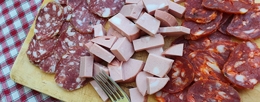
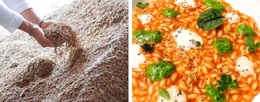
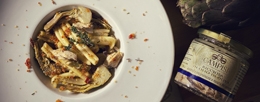

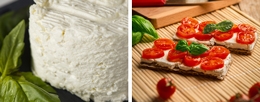
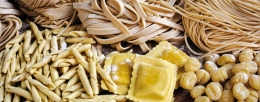
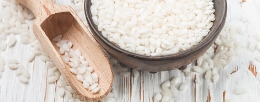
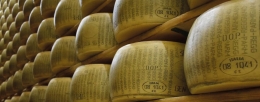
.jpg)
